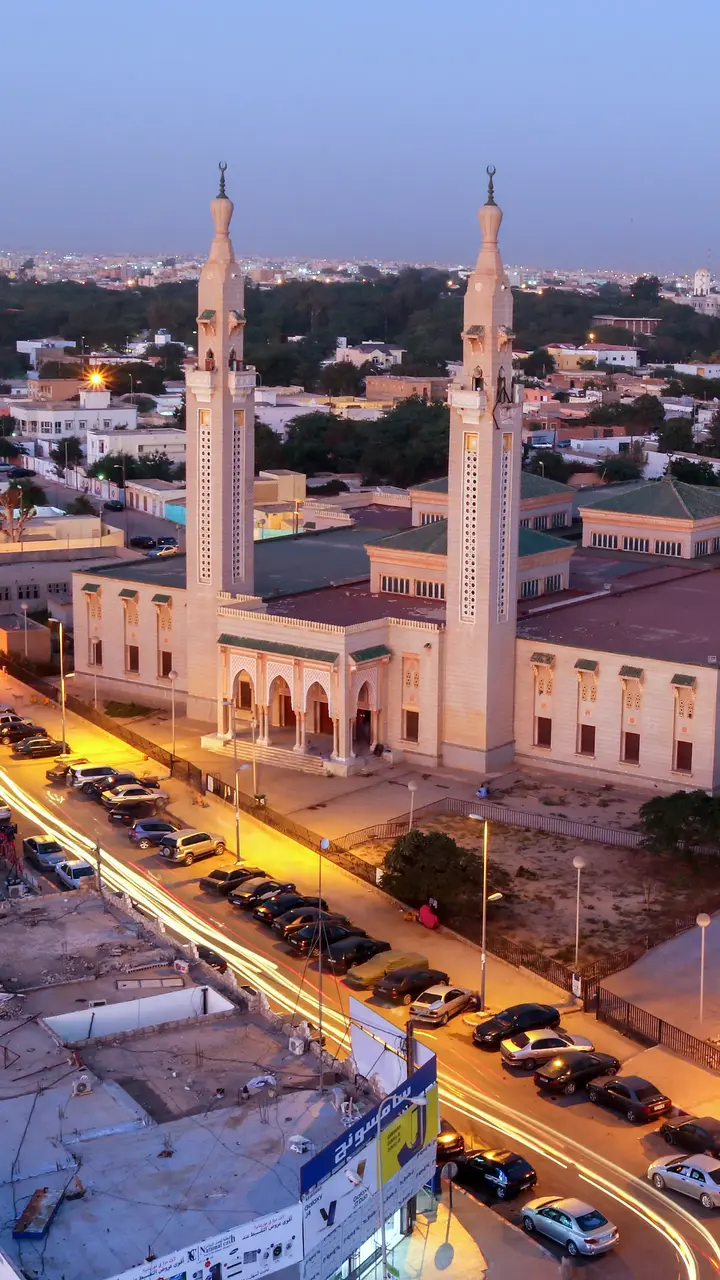واحترام المشاركين. ينظم الجهات الحكومية والجامعات السلوك العلمي عبر مجالس المراجعة المؤسسية، وسياسات جهات التمويل، ولجان الأخلاقيات، بالإضافة إلى مراجعة الأقران. تؤدي مؤسسات دولية مثل مكتب نزاهة البحث الأمريكي والمكتب الأوروبي لنزاهة البحث، واليونسكو، دوراً محورياً في مراقبة الالتزام بالمعايير الأخلاقية.
رغم الجهود المبذولة، ظهرت حوادث شهيرة للغش، أبرزها خدعة "رجل بلتداون"، وحالات تزوير جماعي مثل ما قام به الطبيب يوشيتاكا فوجي. يُعرّف الغش العلمي بأنه ممارسات تنتهك القيم الأكاديمية، ويأخذ أشكالاً متعددة مثل التلفيق، التزوير، والانتحال، إلى جانب ممارسات أخرى كالتقطيع، والكتابة بالنيابة، والتلاعب بمراجعة الأقران. وتعود أسبابه إلى ضغوط النشر، الحوافز المالية، وضعف الرقابة.
تتنوع العواقب لتشمل تضليل السياسات الطبية، وتآكل ثقة الجمهور، وخسائر مالية. مثال على ذلك سحب دراسات احتيالية تتعلق بكوفيد-19 وما أحدثته من اضطراب. لمواجهة التحدي، وُضعت سياسات دولية مثل بيان سنغافورة ومدونة السلوك الأوروبية، وأُنشئت قواعد بيانات لسحب الأبحاث، مع تعزيز حماية المبلّغين عن المخالفات، وإلزام الباحثين بالتدريب الأخلاقي.
تشير الأرقام إلى ارتفاع حاد في سحب الأبحاث، إذ ارتفعت من 40 حالة عام 2000 إلى أكثر من 600 عام 2020. وتتصدر الصين والولايات المتحدة القائمة لأسباب تتعلق بالضغوط المؤسسية. تُستخدم التكنولوجيا حالياً للكشف عن الانتحال عبر الذكاء الاصطناعي، وزيادة الشفافية من خلال النشر المفتوح وتعزيز المساءلة المؤسسية.
يُمثّل الغش العلمي تحدياً متزايداً، لكن التطورات التنظيمية والتقنية تعزز من تصحيح المسار وترسيخ النزاهة العلمية.
باتريك رينولدز
· 17/10/2025


